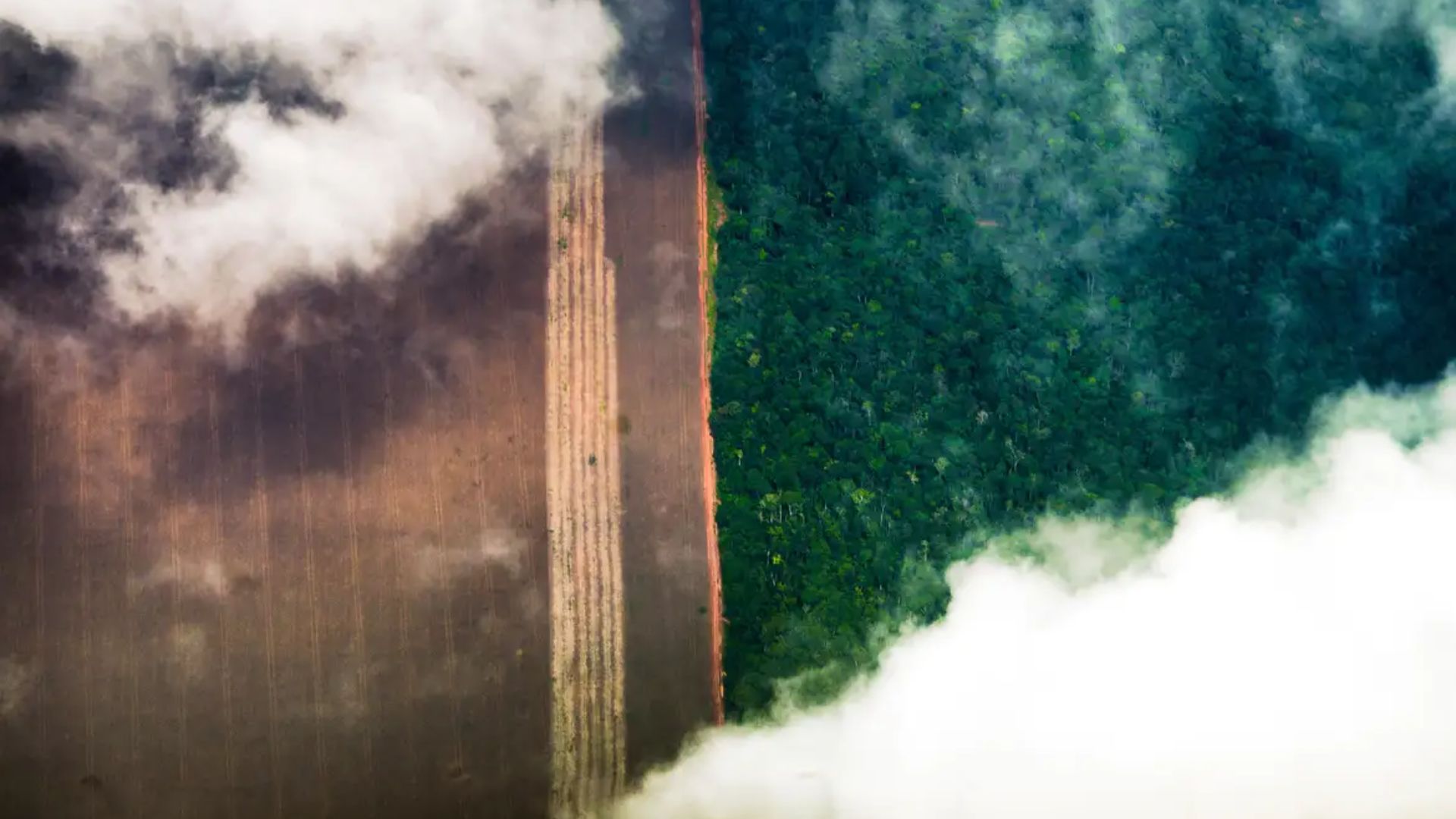Azaleas (Rhododendron simsii) are flowers that captivate hearts with their abundance of colors and variety. These mainly come from Asia the plants It enchants gardens and decorative spaces with its unique beauty.
In this comprehensive guide, learn more about the fascinating origin of azaleas, highlighting their characteristics, and explaining their differences Azaleas and rhododendrons, where he provides basic tips for growing them, discusses their ornamental uses, and provides instructions on how to prune these plants to maintain their health and vitality.
Source: Photo Creator CH/Shutterstock
Origin of azaleas (Rhododendron simsii)
Azaleas have roots in Asia, and are particularly prominent in regions such as China, Japan, and Korea. However, it is also found in other parts of the world.
Rhododendron simsii, one of the most popular species, has its own characteristics Flowers Stunning and often grown in gardens and indoor environments.
characteristics
Azaleas are known for their trumpet-shaped flowers and green leaves. Its flowers can range from soft to vibrant colors, providing a wide range of options to choose from.
The foliage is generally dark green and evergreen, which means it remains on the plants all year long, contributing to its ongoing beauty.
Differences between azaleas and rhododendrons
Although often confused, azaleas and rhododendrons are different despite belonging to the same genus, Rhododendron. The main difference lies in the structure of flowers and foliage.
Azaleas have flowers that grow in clusters and thinner foliage, while rhododendrons have flowers that grow individually and broader, stronger leaves.
Tips for growing azaleas
- Well-drained, acidic soil: Azaleas prefer well-drained, acidic soil. Add peat moss to the soil to maintain proper acidity.
- Partial shade location: Although they can tolerate some direct sun, azaleas thrive best in partial shade locations. This is especially important in warm climates.
- Water carefully: Keep the soil evenly moist, but avoid waterlogging. Water the base of the plant to prevent the leaves from getting wet, which can lead to fungal diseases.
- Fertilizing: Fertilize in early spring with a fertilizer designed for azaleas. Avoid fertilizers high in nitrogen as they can harm flowering.
Decoration and landscaping
Azaleas are popular choices for decorating gardens, borders and even indoor spaces. Its vibrant and varied tones complement different styles of music natural views.
Additionally, azaleas can be used in pots to add color and style to porches and indoor spaces, providing lasting beauty for seasons to come.
How to prune azaleas
- Pruning after flowering: The main pruning is done after flowering, removing wilted flowers and making adjustments to the shape of the plant.
- Remove Dead or Diseased Branches: Identify and remove dead or diseased branches to promote overall plant health.
- Annual Maintenance Pruning: Perform a light pruning annually to control the azalea's size and shape. This also encourages the development of new shoots.

“Music fanatic. Professional problem solver. Reader. Award-winning tv ninja.”








More Stories
Spain summons its ambassador after describing the Prime Minister’s wife, Miley, as “corrupt”
Argentines face rising rents and ‘abusive’ standards after Miley’s law
Are left-handed people smarter than right-handed people, after all?